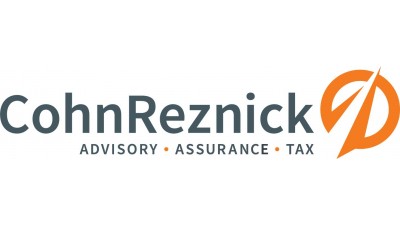Technology And Experience Fuel Rebirth Of The Hospitality Sector

Travelers are hitting the road and hopping on planes again for business and pleasure. The increase in trips means a boost in activity for the hospitality industry, an asset class once thought of as a risky investment in the post-recession market.
Domestic and international passenger travel in the United States rose 3.8% in 2016. In particular, the number of international travelers to the U.S. has more than doubled over the last three years. Demand has fueled investor interest, as transaction velocity rose about 10% nationwide, according to a Marcus & Millichap report.
Developers have responded to the limited supply. Roughly 111,000 rooms in more than 950 hotel projects were completed nationwide during the last 12 months. An additional 187,000 rooms are under development, with another 222,000 expected to break ground over the next year.
As new hotels crop up across the U.S.’ top travel cities, hoteliers are investing in ways to stand out from the competition. The influence of millennials on the hospitality sector has led to a rebirth in how these businesses attract, retain and engage customers. From smart hotels that adjust lighting and air temperature to experience-based adventure programs, booking a room guarantees more than a bed and a continental breakfast.
One smart room, please
At Marriott’s Bethesda, Maryland, HQ, the hotel chain is building its vision of the future. Dubbed the IoT Guest Room, two different models offer a glimpse into what technology might look like for a new hotel, and what the experience could be like in an existing, upgraded hotel room, respectively.
In the renovated room scenario, Amazon Dot becomes the primary way to control the room’s smart features, requiring only the placement of a TV box and WiFi-enabled switches. Guests can set the temperature or lighting intensity with the turn of a switch or voice command.
In the new room, some tech features on display include a smart mirror that monitors heart rate and suggests yoga routines, a smart art frame and a smart shower and faucet. Guests can adjust the lighting, temperature, humidity and curtains using their voices. Sensor presence technology knows when guests get out of bed at night and automatically turns on red nightlights that guide the path to the bathroom. It also knows how many people are in the room and adjusts the amount of oxygen in the room accordingly.
The move toward smart rooms is more than a marketing ploy. As Internet of Things technology makes daily activities more convenient and seamless for users, people have started to expect that same level of ease across more aspects of their lives.
While hotel owners have raised their eyebrows at the potential price tag, these upgrades have a hidden benefit: energy efficiency. Smart devices that know when to shut off air/heat/lights or pull shades to conserve energy can save as much as $300/year per room in operating costs.

A memorable vacation
Smart rooms are just one part of a growing trend toward experience-based design in hospitality. Vacationers, once drawn to the ornate lobbies, space services and bellmen of luxury hotels, have taken an interest in more active, activity-oriented destinations. As millennials garner a greater share of the economy, “Instagrammable” moments have become a fundamental part of the vacation experience.
Hotels have gone back to their local roots. Companies have launched activities that add to the experience outside of rooms, like tours of surrounding cities. These services extend to people living around the property. Some owners have started engaging with local communities by offering to hold residents' mail and offering advice on the best local activities.
Activities can be seasonal. According to research conducted by the American Recreation Coalition, more than 23 million Americans participated in winter activities such as skiing, snowboarding and snowshoeing last winter.
A growing number are also choosing activities like "glamping," the luxury version of the outdoor activity. KOA, the largest private campground system in the country, reported an increase in activity of 4.5% over the last year.
Adventure is not just accessible to the jet-set class. Of the new hotels under construction, upper midscale chains commanded 33.3% of the market, compared to 4.2% of luxury chains, according to Marcus & Millichap. The accessibility of these hotels is a sign of a sector that expects continued growth through the year.
To learn more about this Bisnow content partner, click here.

